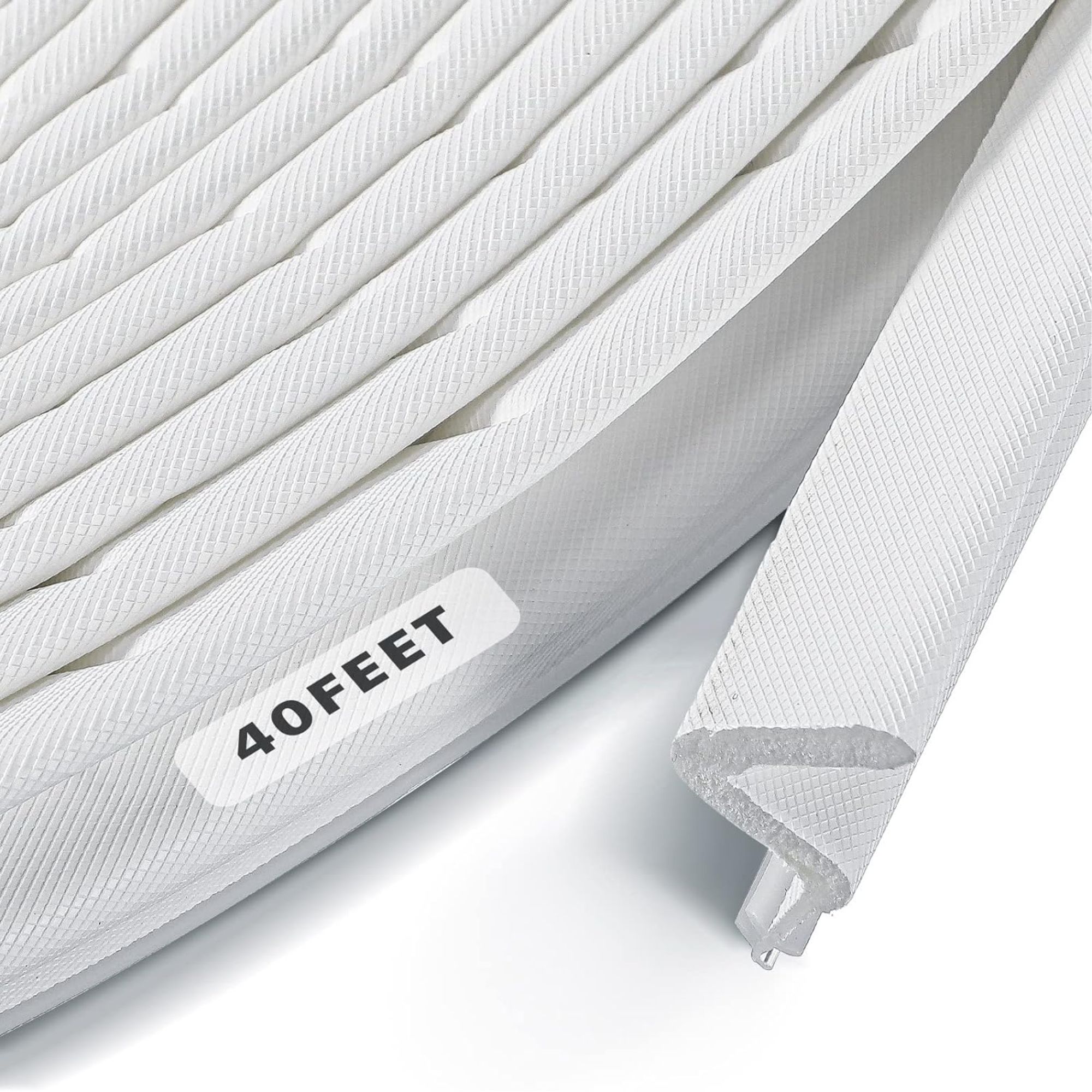How to soundproof a room – 7 tips to reduce the noise, from professionals
These soundproofing tricks will give you peace of mind, ensuring you keep unwanted sounds out and contain them from within

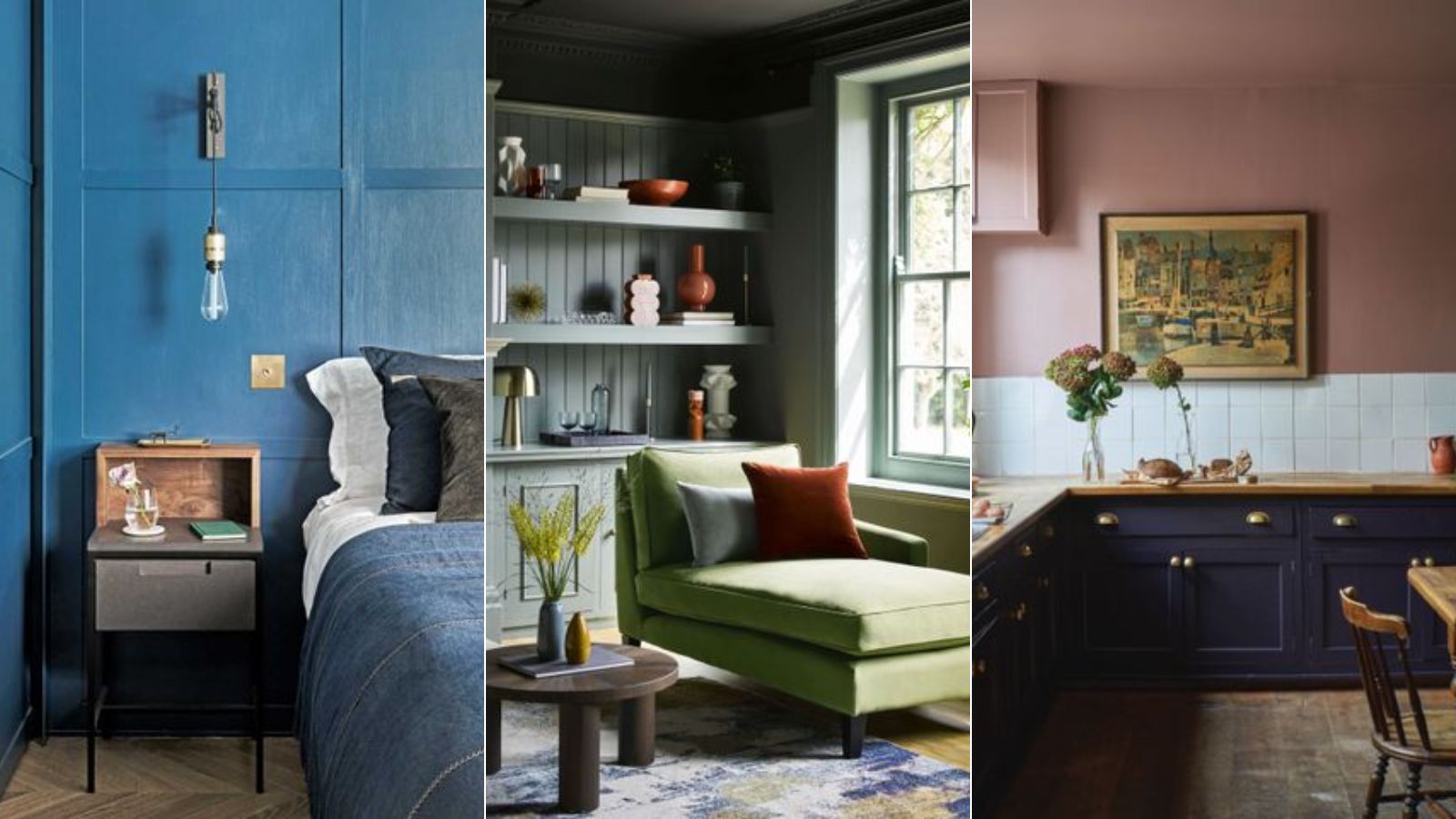
Whether you are aiming to contain sound in a room or block out external noises, soundproofing a room can significantly enhance your working or living environment.
Soundproofing a bedroom or reducing the noise from neighbors is a process that involves various techniques to minimize the transmission of sound from both external and internal sources by utilizing a combination of soundproofing additions to reduce sound vibrations.
Our experts have explained how the steps to DIY soundproof any room. A combination of these methods can significantly reduce noise transmission and improve the sound quality within a room.
How to soundproof a room
The methods and specific equipment you choose will depend on your budget, the nature of the noise you're trying to block, and the requirements of the room.
Begin by identifying the source of the noise you are trying to block, determining whether the noise is coming from outside (traffic, neighbors) or inside the room (appliances, conversations, music). Understanding the source will also help you decide which soundproofing methods to use.
1. Seal gaps and cracks
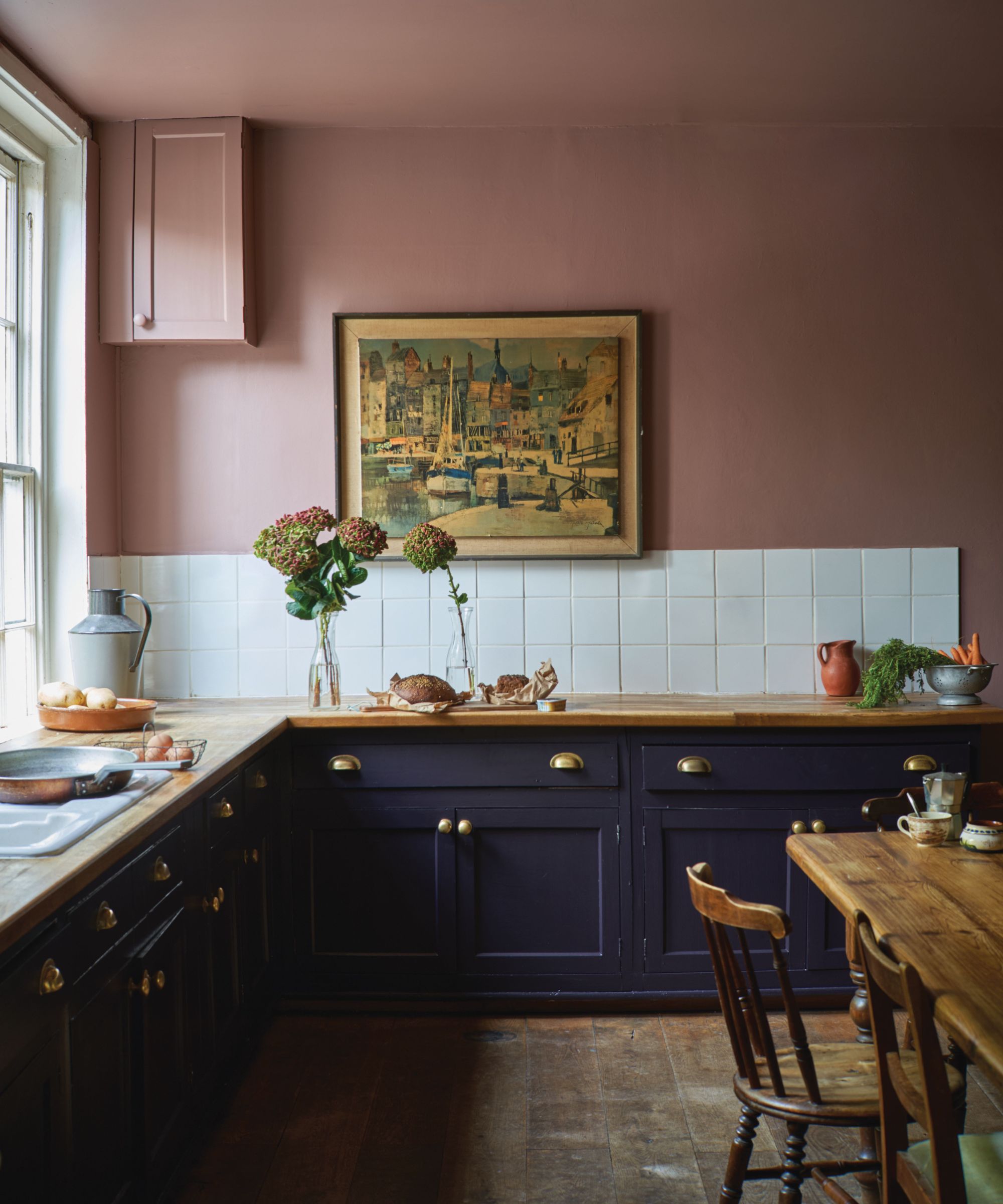
Sound can travel through even the smallest openings. Inspect the room for where sound can enter or escape. 'Start by identifying any gaps or cracks in the walls, windows, doors, electrical outlets, floors, or any other openings of the room,' recommends Shlomo Cherniak, owner of Cherniak Handyman Services.
'Use weatherstripping, caulk, or acoustic sealant to seal these openings and prevent sound from leaking in or out.'
Design expertise in your inbox – from inspiring decorating ideas and beautiful celebrity homes to practical gardening advice and shopping round-ups.
2. Add soundproofing materials to walls and ceilings
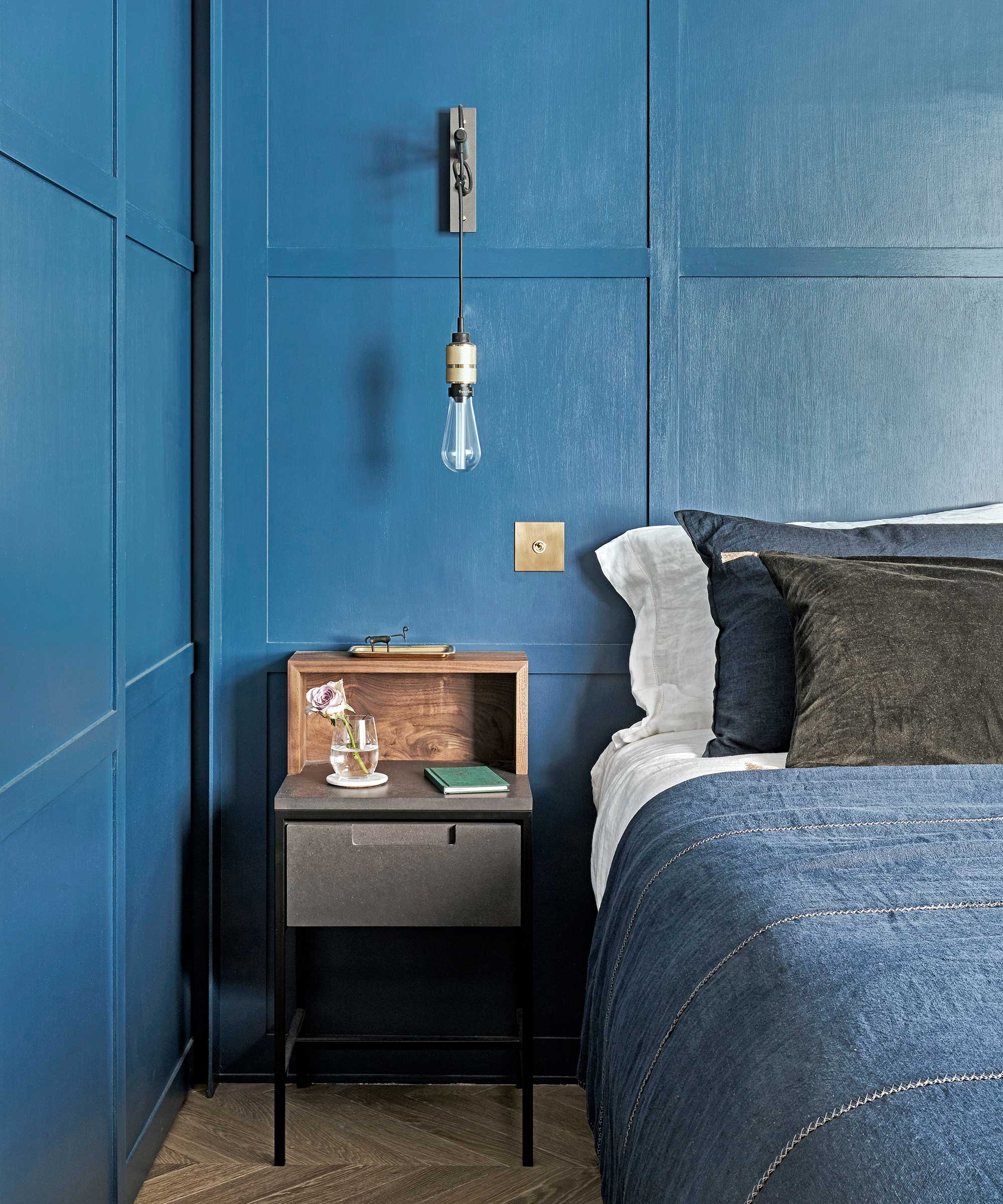
'There are various soundproofing materials available that can help reduce noise transmission. Adding insulation to walls, ceilings, or floors can help reduce noise by absorbing sound waves,' says Shlomo Cherniak. These are particularly effective at reducing echo and reverberation within a room.
Place soundproofing materials strategically on the walls and ceiling, especially in areas with the most sound reflection.
1. 'Installing acoustic panels on walls can absorb sound and reduce echoes. These panels are available in various designs, making them an aesthetically pleasing solution for any room,' says Ben Gold, founder of Recommended Home Buyers.
2. 'Mass-loaded vinyl is a dense material that can be installed on walls or floors to block sound transmission,' explains Shlomo Cherniak. 'Mass-loaded vinyl is a dense material that can be added to walls to block sound transmission.
3. 'To minimize sound transmission, you can decouple the walls and ceilings by using techniques such as resilient channels or sound isolation clips.
'These methods help create an air gap between the structure and the surface, reducing sound transfer.' Decoupling techniques involve isolating one surface (such as drywall) from another to reduce vibration and sound transfer. Resilient channels can be installed between the framing and drywall to achieve decoupling. You can find sound clips at Amazon.
4. 'Replace or add insulation in the walls, ceilings, and floors with soundproofing insulation materials, such as fiberglass, rock wool, or acoustic foam,' recommends Jeremy Lesher, co-owner of Bluegrass Foundation Repair. 'Insulating between walls or in the ceiling can significantly reduce sound transmission.'
5. Insulated drywall boards or specialist sound-reducing boards can be applied to internal walls to reduce noise transmission. 'To prevent noise transmission, secure the new drywall with a dampening compound, a specific sound-deadening caulk,' says Kerry Sherrin at Ownerly. 'Cover the existing walls and ceiling with a 12-inch-thick layer of drywall.
'While normal drywall can be used to cover the existing walls and ceiling, consider installing sound-deadening drywall instead. It has a plastic polymer layer bonded to the back surface that reduces noise significantly. The sheets are very simple to install, as they are only 5/16-inch thick.
'This noise-canceling approach demands a large time and financial investment, yet it is one of the most effective ways to silence a room.'
3. Soundproof doors

Doors can be one of the main ways sound will enter or escape your home, so soundproofing doors with a range of different methods can be highly effective in soundproofing any room.
Replace or reinforce doors with weatherstripping, door sweeps, or door seals to minimize sound leaks.
Installing door sweeps at the bottom of doors can help block sound from entering or escaping through the gap at the bottom. We recommend finding a door sweep that suits your room's interior.
If the reason for the sound transmission is to do with your door itself, consider upgrading to solid-core doors. These are more effective at blocking sound compared to hollow-core doors. If you are considering this, you can check out our guide for how much a new front door will cost.
Sol Kru, owner of Property Inspection Pros also recommends a floating door system. 'A floating floor system, crafted by incorporating a sound-dampening underlayment beneath the top flooring layer, effectively isolates the room from vibrations and impact noise.'
4. Soundproof windows

Like doors, windows are another common source of sound transmission, so shouldn't be forgotten when soundproofing your space.
'Inspect if the window seals have been worn out and need replacing. As windows age, the seals on the double glazing can fail, so check if they are working effectively,' recommends Zlatka Dimitrova at Fantastic Services.
'If there is noise leaking through the window over time, replace the seals to improve the integrity of your windows. You can also use acoustic caulk to fill in micro gaps in your window frame. If the windows haven't been installed properly, they can have small gaps around the edges of the frame where sound can enter the house.'
'Investing in double glazing for your windows stands is also one of the most effective strategies for mitigating external noise,' explains Sol Kruk. 'Double-glazed windows consist of two glass panes separated by a layer of air or gas, creating a formidable barrier that significantly reduces sound transmission. This approach offers a dual benefit as it not only provides excellent sound insulation but also enhances the overall energy efficiency of your space.
'To further bolster soundproofing, complement double glazing with heavy curtains or specialized window seals. Sound-dampening curtains are made from a dense fabric and have a combination of layers to reduce sound transmission through a window which you can also use to sound-proof a room.
Alternatively, 'Consider investing in wooden shutters, which can act as a sound barrier and can make a big difference in blocking external noise,' recommends Zlatka Dimitrova.
'By doing so, you create a comprehensive defense against intrusive noise, ensuring a quieter and more energy-efficient environment for your comfort and well-being.'
7. Floor treatments
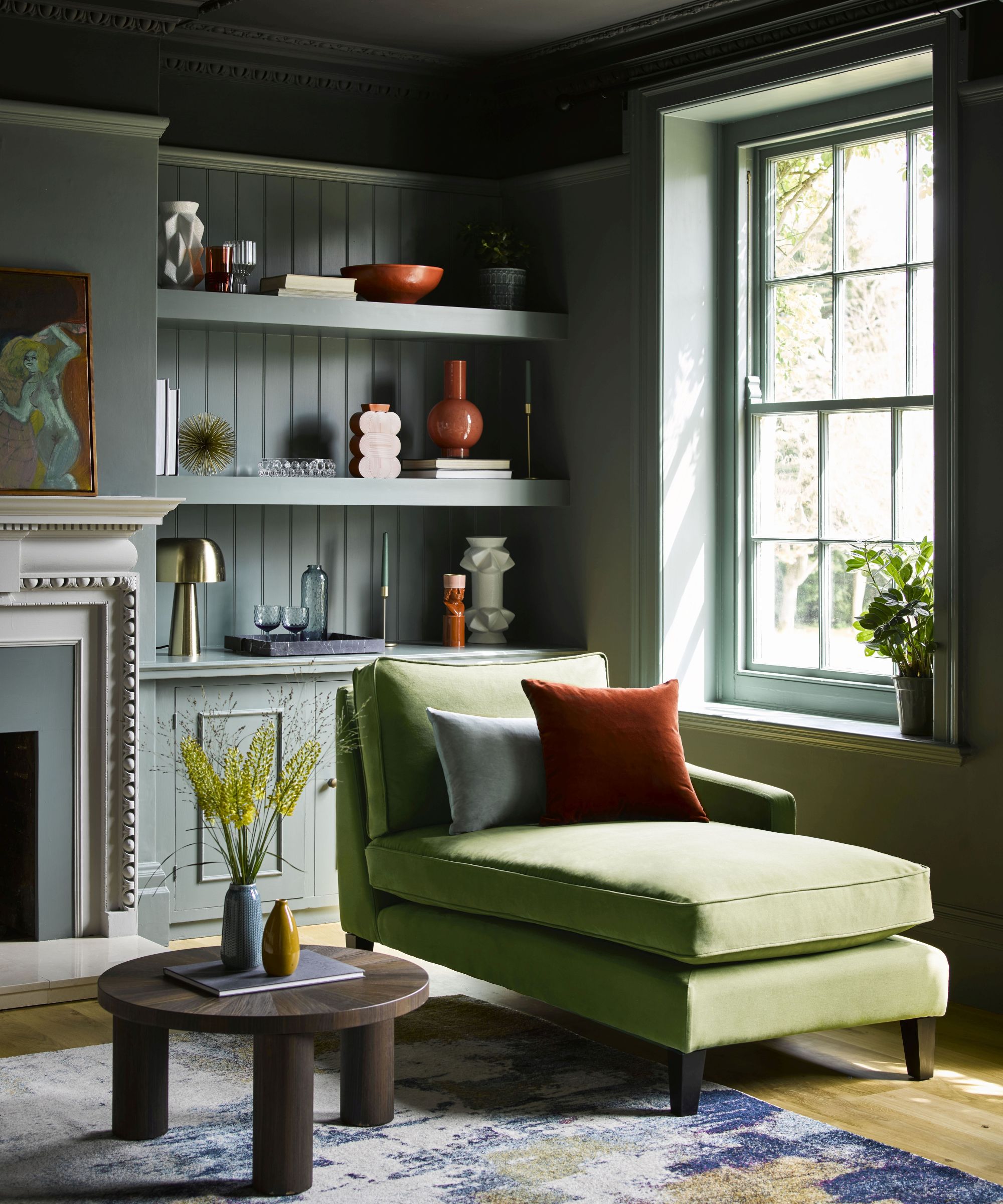
'Placing rugs, carpets, or mats into rooms with hard floors, such as kitchens and bathrooms, can also help to absorb vibrations and prevent them from bouncing around and amplifying in a room,' explains Zlatka Dimitrova. 'They can also help to absorb any impact vibrations from traveling through the floor and muffle sounds coming through it.'
Depending on the amount you wish to soundproof, you could choose an area rug or install wall-to-wall carpeting. You can check out our guide for how much it costs to install carpet.
You can also install acoustic underlayment under flooring materials to reduce impact noise. We recommend this QuietWalk vinyl underlayment, from Walmart.
7. Furniture and decor

'When it comes to soundproofing, some of the furnishings and other household items can also absorb noise effectively and stop it from reverberating through the room,' says Zlatka Dimitrova.
'One of the most effective ways to stop sound from travelling from one room to another is by positioning large furniture against neighbouring walls. For example, large built-in bookshelves full of books can dampen excessive noise from neighbours. Built-in closets full of clothing will also create a void and absorb sound in the soft materials.
Another solution is soft furnishings, which can absorb sound waves. Adding soft furnishings such as upholstered furniture can help reduce sound reflections.
FAQs
Does building a second wall help to soundproof a room?
Building a second wall, and creating a space between that and the original wall, can significantly reduce sound transmission.
Jonathan Warshaw, founder of Simple Woodworker explains his personal experience of creating this soundproofing:
'Start by constructing double, air-gapped walls.
'In my home studio, which was once a cinder-block garage, I built a second interior wall, leaving about a 4-inch air gap to the outer wall. This creates a barrier that significantly reduces sound transmission.'
Remember that the effectiveness of soundproofing methods may vary depending on the room you are trying to soundproof and the level of noise you are trying to reduce.
It may be beneficial to consult with a professional or conduct further research for more specific, personalized guidance based on your needs and the space.

Lola Houlton is a news writer for Homes & Gardens. She has been writing content for Future PLC for the past six years, in particular Homes & Gardens, Real Homes and GardeningEtc. She writes on a broad range of subjects, including practical household advice, recipe articles, and product reviews, working closely with experts in their fields to cover everything from heating to home organization through to house plants. Lola is a graduate, who completed her degree in Psychology at the University of Sussex. She has also spent some time working at the BBC.


